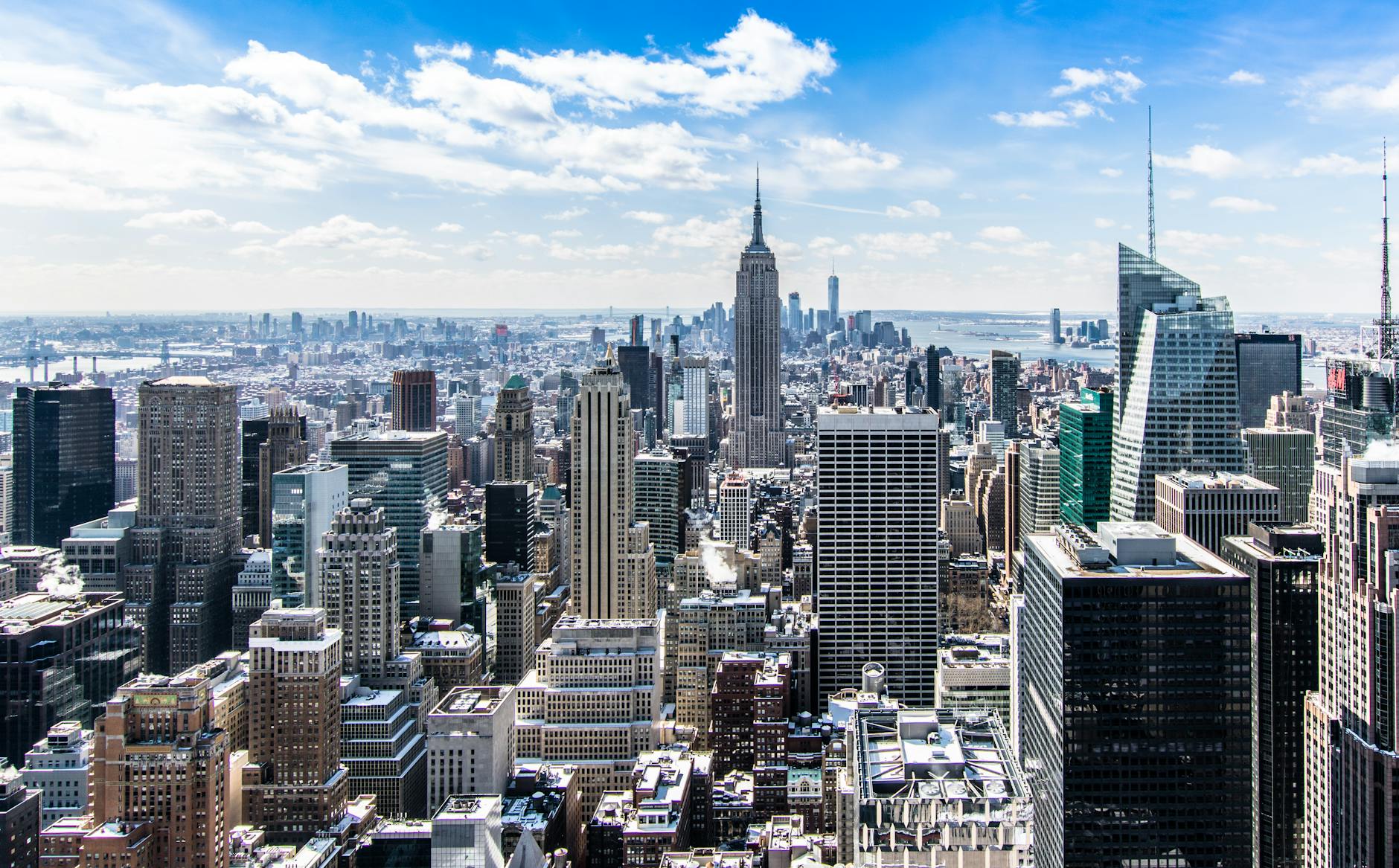
4/20 in New York
In a radiant whirlwind of vibrant energy and strategic partnerships, we, SANlight, the pioneering creators of LED grow lights, embarked on an electrifying journey to
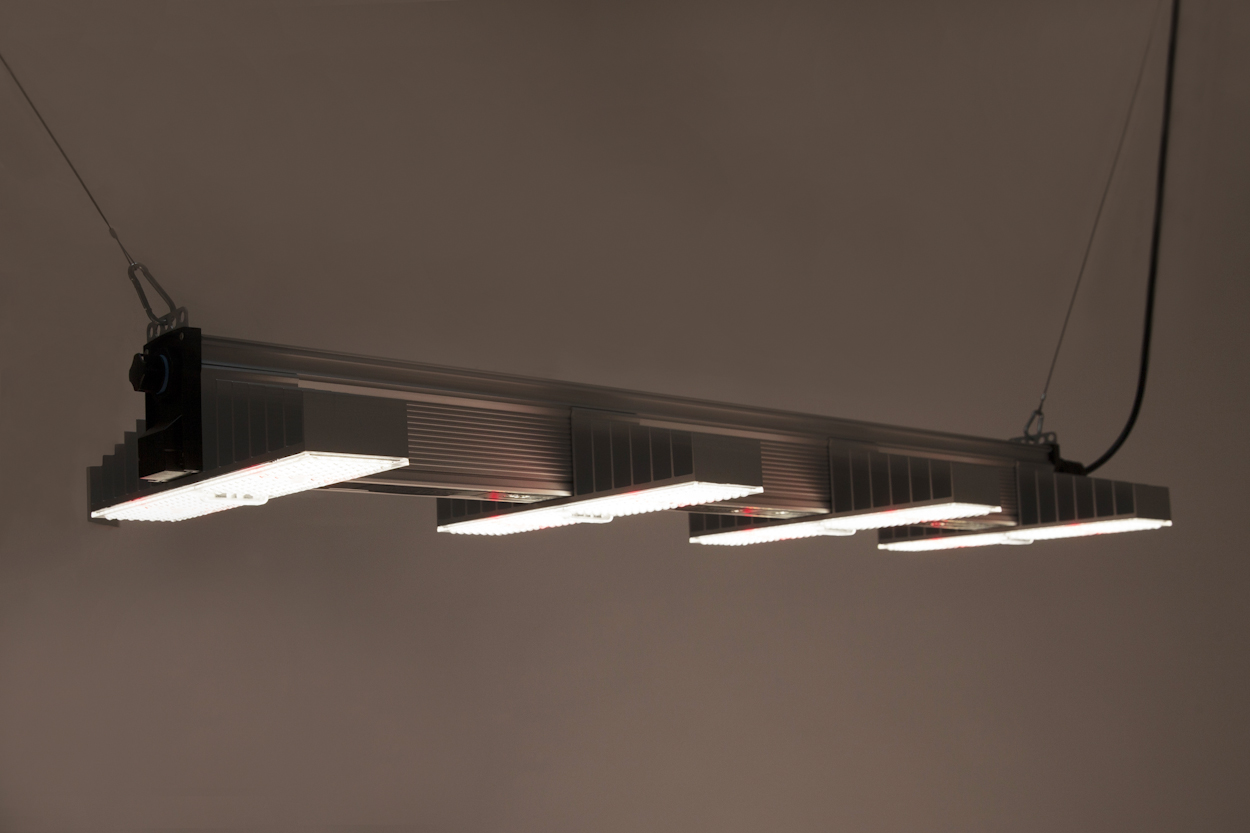
As a producer of LED lights for horticulture, we can choose from an almost unmanageable variety, the right LED for our products. Besides performance and price, lifetime is one of the most important indicators that influence our selection.
In the technical world of LED, lifetime is defined by aging over time. Each LED ages and thus loses performance. But different LED types also age at different rates. In addition, temperature, operating current, chemicals and humidity dramatically affect the life of LED. In 2011, the Illuminating Engineering Society of North America published the first paper defining and standardizing the corresponding measurement methods. The service life specifications are now subject to the DIN IEC/PAS 62 717 standard.
Since LED shine for a very long time, the tests for service life would require several years. Therefore, the standard defines that LED may be tested under extreme conditions, and the results can then be extrapolated back to normal ambient conditions. The result of such lifetime tests are then the LM or L values. However, the lifetime can refer to different losses. SANlight specifies the LM90 value as the lifetime. This means, for example, that our EVO-Series has only lost 10% of its light output after 90,000 hours of operation.
As described in our other blog, not all LED are the same. The most serious differences in lifetime can be seen with Midpower LED. The pictures below show you the lifetime data of two different midpower LED from the same manufacturer. The left picture shows the lifetime of the Seoul 3030-C12C LED, which we use in our EVO-Series. It can be seen that this LED still has 90% of its power after 60,000 hours of operation, even at an operating temperature of very hot 105°C. The right picture shows the aging of a much cheaper 3528 LED, which was tested under the same conditions. This LED has already lost 10% of its initial light output after 20,000 hours.
Illuminating Engineering Society of North America published the first paper defining and standardizing the corresponding measurement methods. The service life specifications are now subject to the DIN IEC/PAS 62 717 standard.
Since LED shine for a very long time, the tests for service life would require several years. Therefore, the standard defines that LED may be tested under extreme conditions, and the results can then be extrapolated back to normal ambient conditions. The result of such lifetime tests are then the LM or L values. However, the lifetime can refer to different losses. SANlight specifies the LM90 value as the lifetime. This means, for example, that our EVO-Series has only lost 10% of its light output after 90,000 hours of operation.
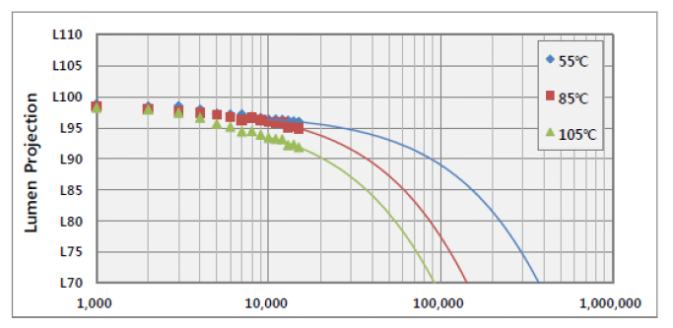
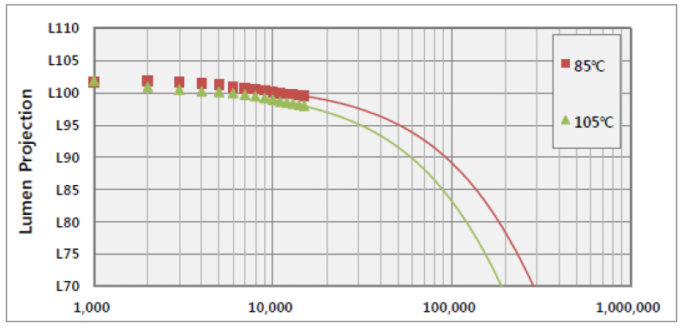
Another decisive factor for the longevity is the operating temperature of the LED. In the SANlight EVO-Series, the LED are optimally cooled via the very large heat sink. In practice, this means that the LED does not get warmer than 70°C at a room temperature of 30°C.
In addition, the heat sink is designed for the rough use in the greenhouse. This means:
The following figures show the operating temperatures measured at the heat sink at 28°C ambient temperature. While the EVO-Series (left picture) has a heat sink temperature of 54.5°C, other designs (right picture) get much warmer. Depending on the quality of the heat transfer from the LED to the heat sink, the LED temperatures are up to 30°C higher than the heat sink temperature shown.


In horticulture, a wide variety of chemicals are brought into the grow room via the fertilizer. Professional growers regularly evaporate sulfur in their greenhouses to protect their plants from fungal diseases. A relative humidity of up to 90% is not uncommon.
All this negatively affects the life of the LED. Therefore, it is very important to protect the LED from these influences in the best possible way. Poorly protected leds rarely reach the stated lifetimes in practice. The picture below shows a part of a LED light which has been used for more than one year in rough indoor conditions. Sulfur was regularly evaporated to prevent fungal diseases. On closer inspection, the oxidation of the reflector (black spots) can be seen on the LED. The light output has reduced by 25%.
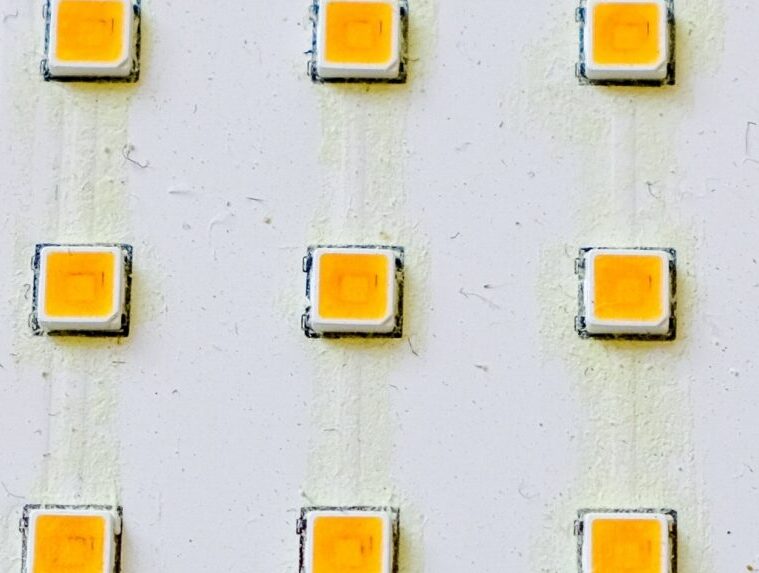

In a radiant whirlwind of vibrant energy and strategic partnerships, we, SANlight, the pioneering creators of LED grow lights, embarked on an electrifying journey to
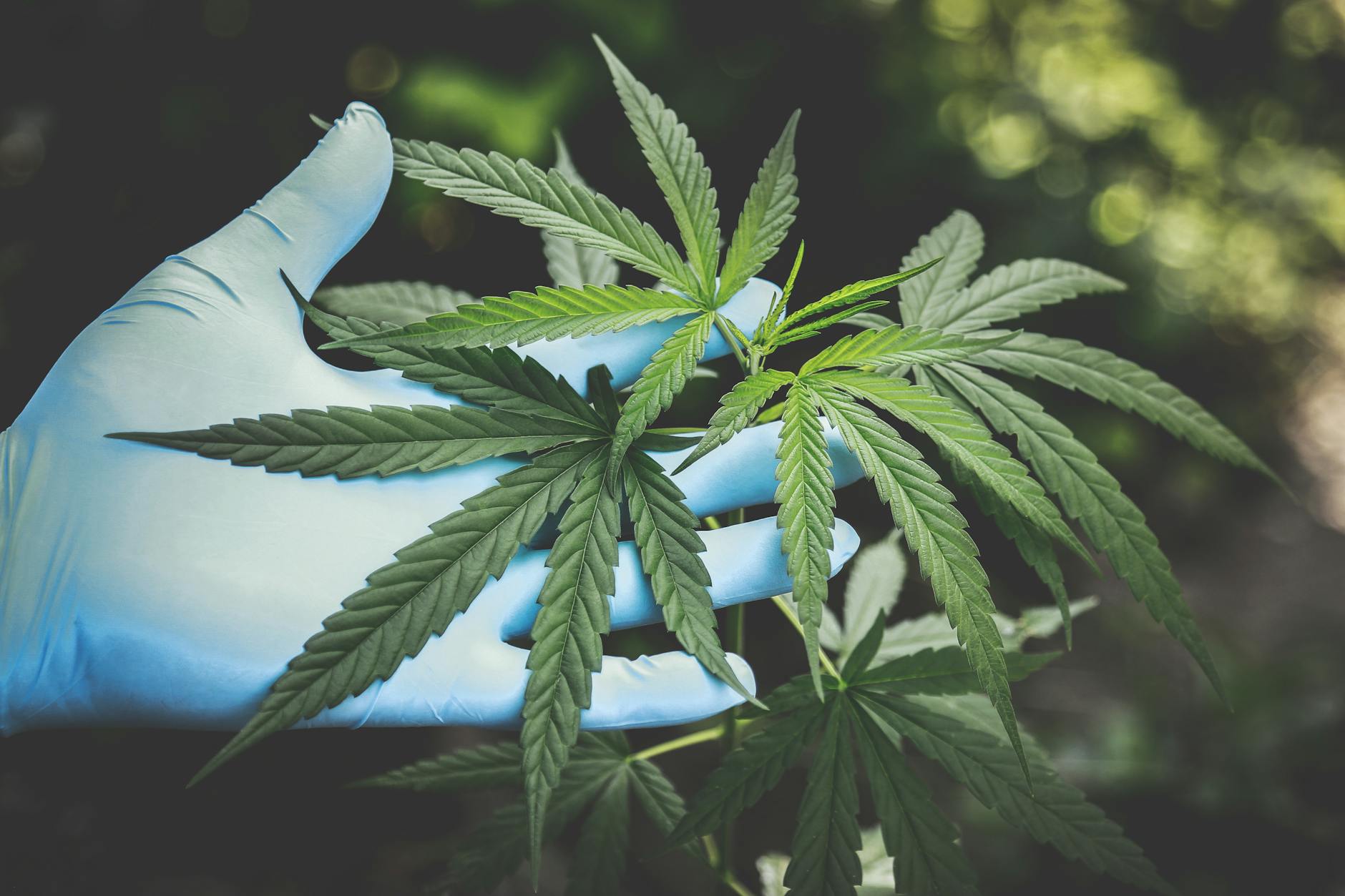
Regarding efficiency in an indoor grow environment, the power consumption of the HVAC system and the Grow Lights are the biggest energy consumption factors. In
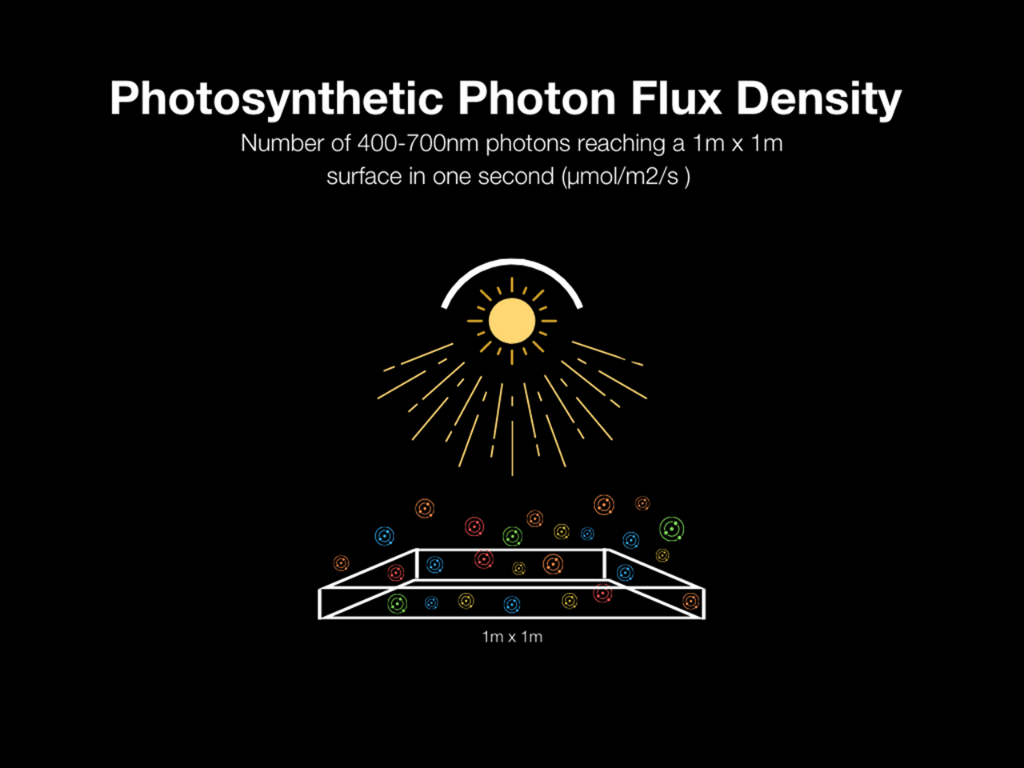
When it comes to lighting, there are some terms you will be confronted by trying to find the best lighting for horticultural setups. This paper

What does service life mean for SANlight? As a producer of LED lights for horticulture, we can choose from an almost unmanageable variety, the right

© Copyright 2024 SANlight Americas LLC | Terms and Conditions | Privacy Policy